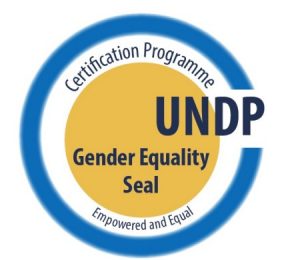-
Advocacy Theme
-
Tags
- Abortion
- Adoption
- Caregiving
- CEDAW
- Disability
- Domestic Violence
- Domestic Workers
- Harassment
- Healthcare
- Housing
- International/Regional Work
- Maintenance
- Media
- Migrant Spouses
- Migrant Workers
- Muslim Law
- National budget
- Parental Leave
- Parenthood
- Polygamy
- Population
- Race and religion
- Sexual Violence
- Sexuality Education
- Single Parents
- Social Support
- Sterilisation
- Women's Charter
Singapore should adopt Gender Equality Seal Certification Programme
December 9th, 2016 | Employment and Labour Rights, News, Views, Women in Leadership, Workplace Harassment

More than 20 years after Singapore acceded to the Convention on the Elimination of All Forms of Discrimination Against Women (CEDAW), it continues to lag in fulfilling its obligations under the treaty, including the obligation to eliminate discrimination against women at all levels of employment.
For instance, in October, Speaker of Parliament Halimah Yacob noted that progress in women’s representation on corporate boards has been slow – rising from 8% in 2012 to only 9.7% by end-June 2016.
An opportunity to decisively address this issue has emerged with the recent launch of the United Nations Development Programme Gender Equality Seal Certification Programme for Public and Private Enterprises in Asia Pacific, with a call for governments in this region to come onboard.
Malaysia has responded favourably, and Singapore should do likewise, to take the lead in building a global hub and business centre that forefronts gender equitable policies.
To achieve certification by the government under the programme, companies would go through a series of ten steps. These include developing a written commitment to gender equality, training senior management staff on gender equality, and developing and implementing a company-wide policy and plan of action for gender equality.
Although some companies have taken some steps to create a more gender-equal workplace, there is still much room for improvement, and the government can play an active part in ensuring this takes place.
For instance, how many employers have implemented the Tripartite Advisory on Managing Workplace Harassment, issued by TAFEP and the Ministry of Manpower to build on the Protection from Harassment Act? Since the Act placed no legal responsibility on employers to end workplace harassment, the government must do more to ensure employers live up to the best practices that it has promulgated.
AWARE’s Sexual Assault Care Centre received 62 complaints about workplace sexual harassment in 2015, and 37 for the first half of this year. Clearly, legislation alone is not enough to protect employees if employers themselves do not create a workplace culture of respect for women or have proper procedures to deal with complaints.



